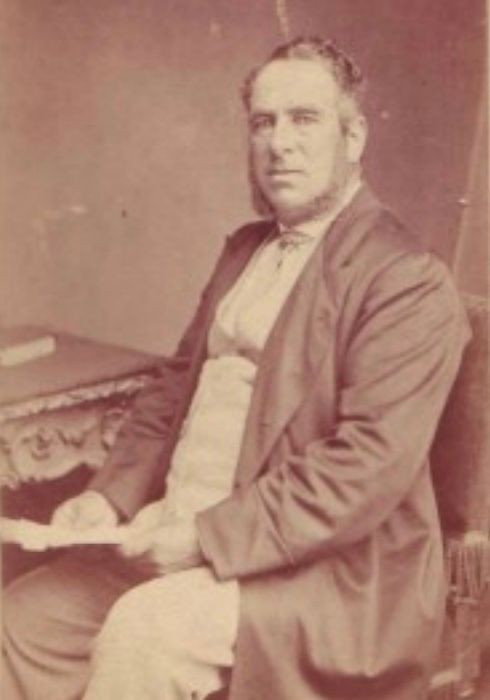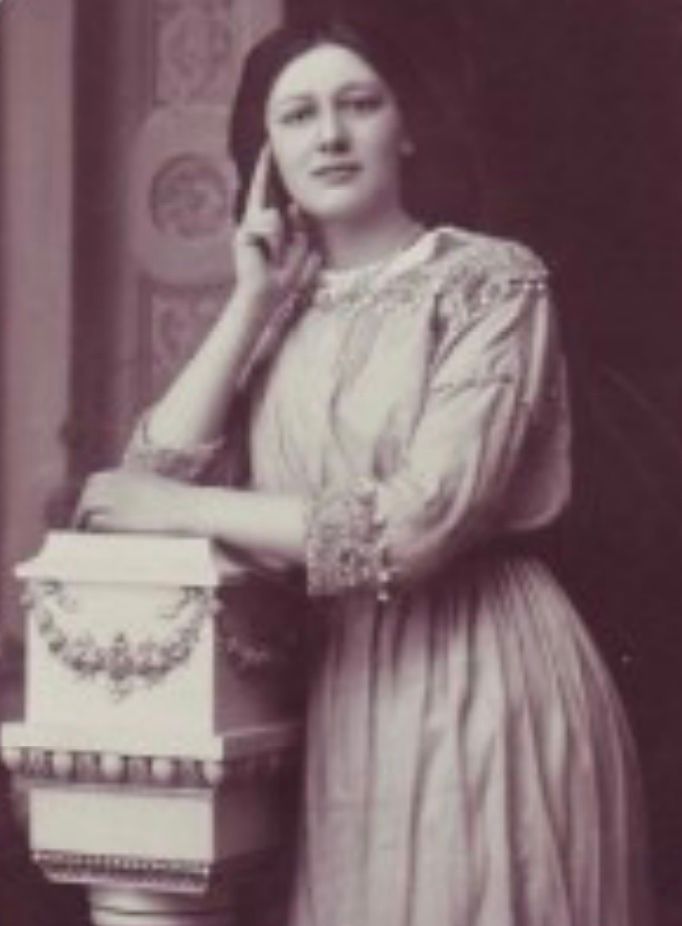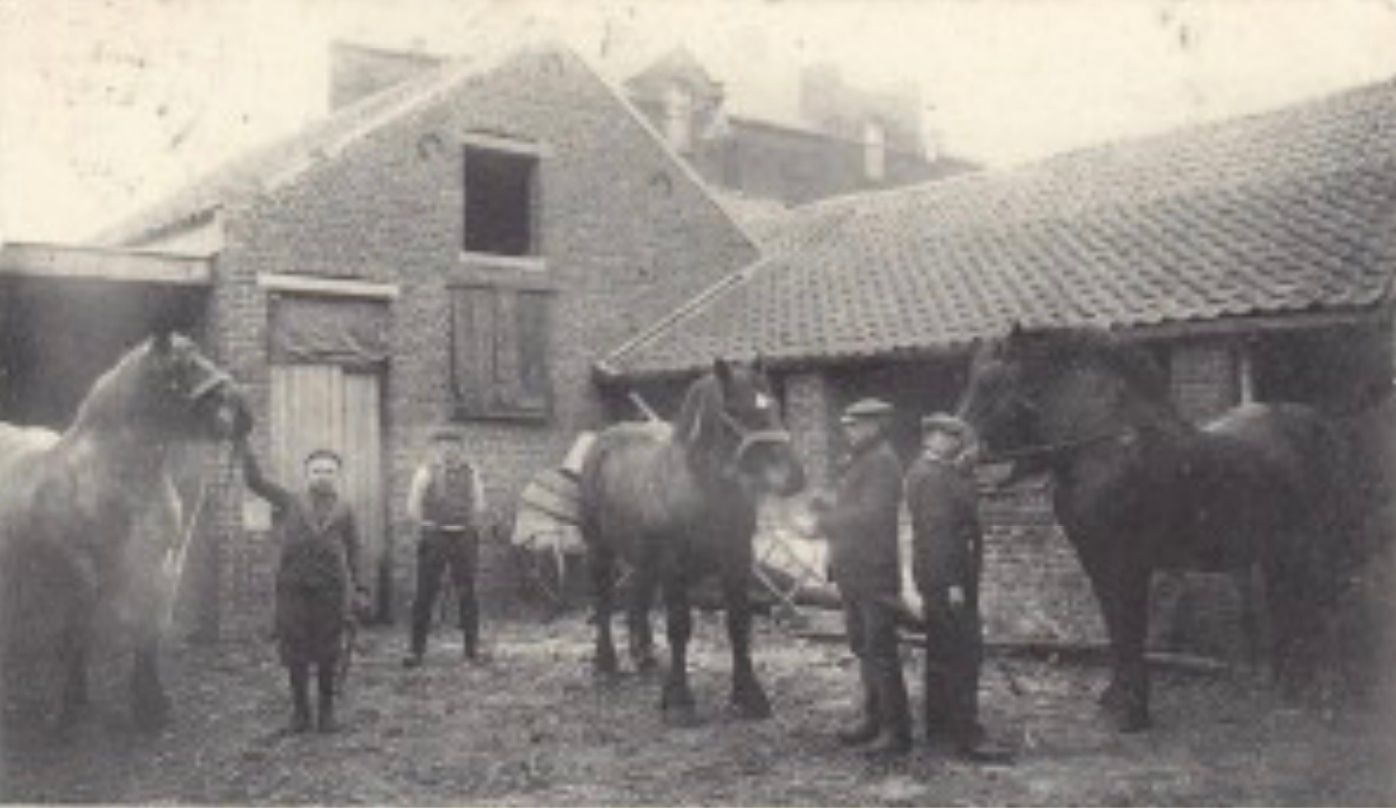555-555-5555
mymail@mailservice.com
Login | Info
FRANCE
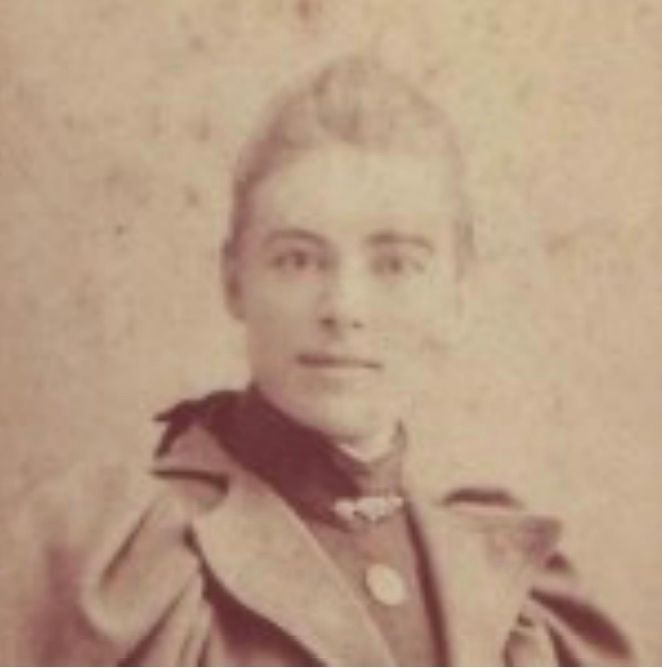
Blanche Moody
Blanche Moody was born on 10th November 1866 at 17 London Street, Basingstoke, the daughter of James and Elizabeth Moody. In the 1881 census she is at Wilton House Boarding School in Reading at 173 & 175 Kings Road. The schoolmistresses were Miss Sarah White and her niece Miss Marion White along with an English Governess and a French Governess. There were 20 female scholars and 2 male.
Gerald Powell was the son of Henry Mills Powell and Sarah, born 25th August 1868 at 20/22 London Street, almost exactly opposite 17 London Street. The Powell family were very musical, owning a music shop and warehouse. Gerald was a sucessful horse dealer, living in France, and had previously married a frenchwoman, Celine Saene. They had a daughter in 1897, Denise Marie Powell. Gerald, Celine and Denise lived in Lille, and then around the turn of the century Celine died. Blanche married Gerald in 1904 and Nancy Powell was born on 12th November 1906. In 1909 they moved to Nogent-le-Rotrou in the Perche district.
Nancy Powell 1910 Nugent

Denise went to Wilton House School on Parkside Road in Reading, which was run by Miss Marion White. You can read more about Wilton House School in the ‘Teaching’ section of the website. Denise spent her holidays staying with relatives in and around Basingstoke and London, also returning to France often.
During this time she communicated with her father and Blanche with numerous postcards, and between 1904 and 1912 she had a collection of over 200 postcards sent to her. During the First World War Gerald, Blanche, Denise and Nancy returned to Basingstoke, incase the Germans invaded. During those four years Denise taught French in a private school in Beaconsfield. After the War they all returned to France and Denise went back to work there, living away from home.
During the First World War Gerald, Blanche, Denise and Nancy returned to Basingstoke, incase the Germans invaded. During those four years Denise taught French in a private school in Beaconsfield. After the War they all returned to France and Denise went back to work there, living away from home.
Denise died on March 30th 1924 at West Moors. She was 27 years old. She is buried at Worting Road Cemetery, Basingstoke. Unfortunately her gravestone was vandelised several years ago and the cross broken.
Gerald, Blanche and Nancy Powell continued living in Nogent-le-Rotrou until June 1940, when the Germans invaded France. They escaped to England and although they never went back to live in France after the war, they visited often. Gerald Powell died on 16th March 1947 aged 78. Blanche died on 4th September 1949 aged 82.
Both Gerald and Blanche are buried in Worting Road Cemetery. Nancy lived for the remainder of her life in Basingstoke, just a few streets away from Fairholme, the family home. She died on 16th January 1996 aged 89.

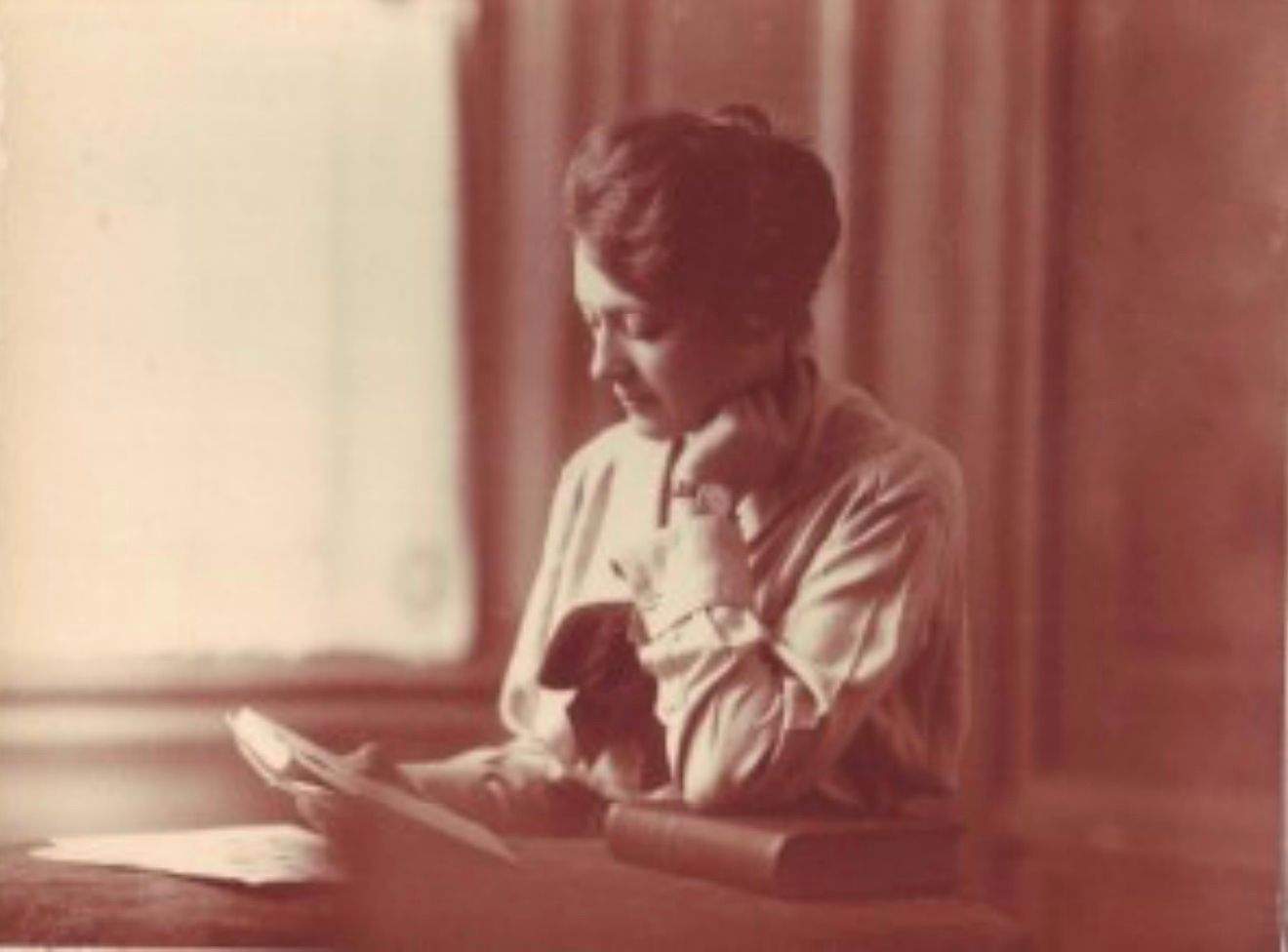
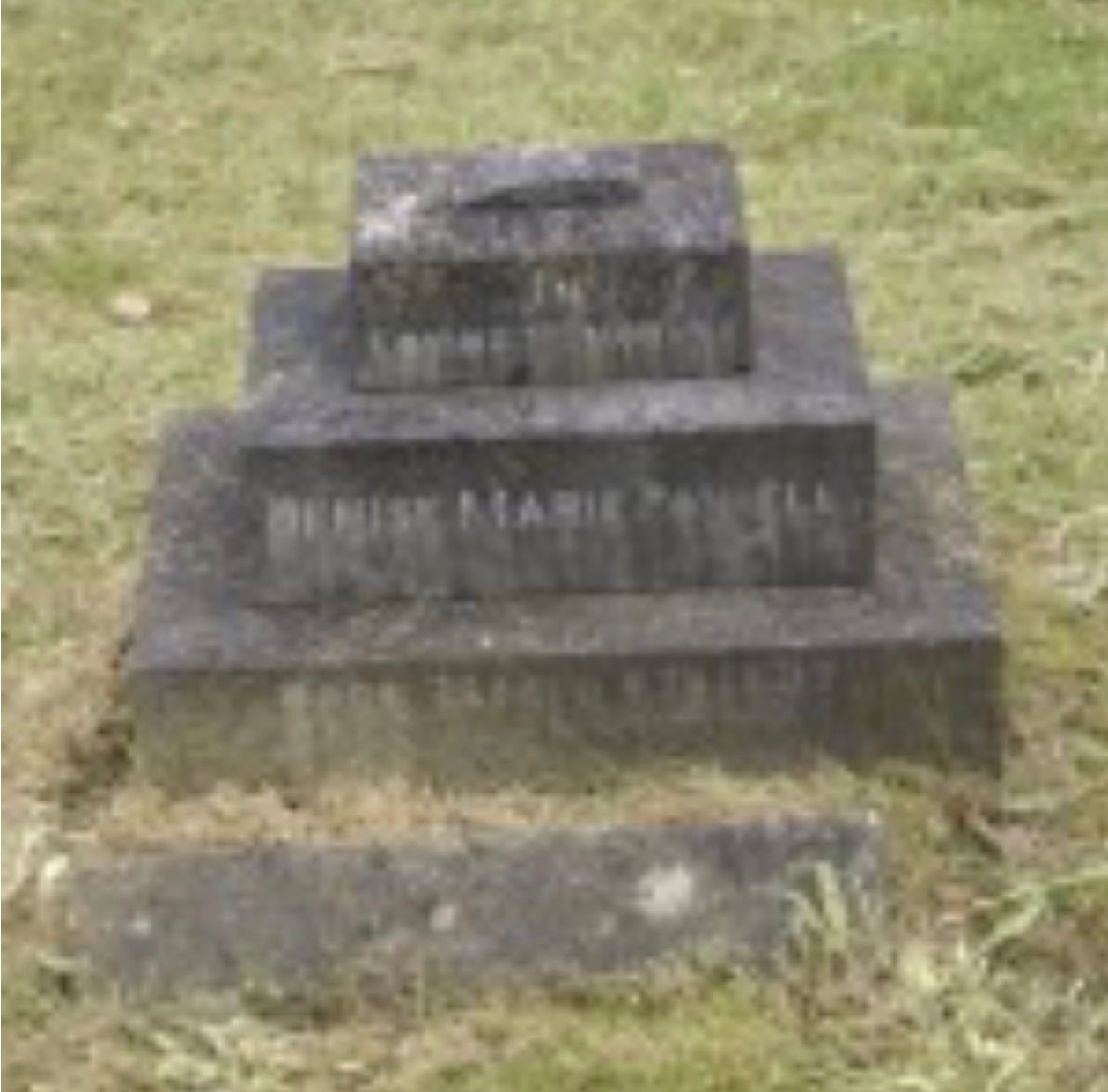

Gerald George Powell
A Dealer in Percheron Horses
The following account was written by Nancy Powell, daughter of Blanche Moody and Gerald George Powell, in the 1980’s for a talk to a Basingstoke group.
Father was born at 20/22 London Street, Basingstoke, on 25th August 1868, into a very musical family. His father, a piano professor, ran a successful music shop. Father was the sixth and youngest child to reach adulthood – a younger sister having died in infancy. His brother, Harry, inherited the musical talent and followed in his father’s footsteps. Another brother, Arthur, went into the Navy and subsequently became a great naval tailor in the City of London.
It would appear that Father’s one interest from an early age was in horses, so that when he left school his father got in touch with Mr Bristow of Eastrop Farm, Basingstoke, who took him on as an apprentice groom. Mr Bristow, as well as farming, ran a hunting stable, presumably hiring out hunters.
In due course, my Father accompanied Mr Bristow to Ireland, where there was a thriving export market for Irish bred hunters. The French, I believe mostly from the North of France, also came to buy hunters in Ireland. In this way my Father got to know a M. Bogaert, who ran a hunting stable in Lille. Presumably having assessed my father’s capabilities, M. Bogaert offered him a position at his own hunting stables. This would be around 1890 or 1891 and this is how Father came to live in France. He eventually met and married a French woman, Celine Saene, and in 1897 they had a daughter, Denise. Celine died around the turn of the century.
During this period it seems that in his free time, or combined with his work at the hunting stable, Father went over the frontier into the Belgian Ardennes, to act as an interpreter to Americans and Canadians who, at that time, were coming over to purchase the Ardennais draft horse for use in their developing agricultural industry.
This was how he met Mr Herbert Truman, a Veterinary Surgeon from March, Cambridgeshire, who was buying on behalf of his father and three brothers, who had left their native Fenland farming for the United States. Mr Truman was also buying French draft horses, the Percherons: the breed was being developed to meet a huge demand from the USA and Canada. It was at Mr Truman’s suggestion, and with his encouragement, that Father went into the Perche district of France (south of Normandy) where he found that demand was also growing for people who could speak French and English and who could help the Americans and Canadians locate the stallions and mares they needed. Blanche Moody
I am not sure when Father gave up working for M. Bogaert but I rather think it was while Celine, his first wife, was still alive and he was helping run a family business while still dealing with hunting horses and the Ardennais draft horse.
Again, I am not sure, but I think that when he married Mother (Blanche Moody from Basingstoke) in 1904, he was spending most of his time in the Ardennes, occasionally going down to the Perche region. By this time he was also getting to know people and he would get requests for other breeds, such as the white Dutch carriage horse.
And so it was that early in 1909 we moved to Nogent-le-Retrou in the Perche district. The years between 1909 and the outbreak of the Second World War were, for Father, the golden years of the Percheron horse trade. In 1912, more than 300 horses passed through his hands for export to the USA and Canada. Father, of course, was only one of several others involved in the same business. In fact 3,227 stallions and mares were exported to the USA and Canada in 1909.
I have always been told that Father was an extremely good judge of horses, rarely making a mistake in his assessment, and it seems that because of this his customers grew to trust him.
With the First World War came the end of the great Percheron export trade to the USA because of rapidly developing mechanisation. By the time the war was over, there was little trade with either the USA or Canada and by then there were almost enough home bred Percherons to meet the limited home demand.
It was due to the need in France for draft horses for hauling during the First World War that the Director of British Remount became interested in the Percheron horses and this lead to interest in England in this horse and to a flourishing trade with the British Isles after the war. Needless to say, this trade was on a much smaller scale than the North American trade had been, but a number of well-known companies and farms over here started using Percherons instead of British breeds. Amongst Father’s customers at this time were Chivers and Ovaltine. When the British Percheron Horse Society was established in 1919 more people became interested in the breed for showing purposes. One of Father’s main customers was a Mrs Emmett. Mr Truman was still buying, this time for his own farming establishment outside March: he had several stallions servicing mares in his area. There are still Percherons in the Fenlands, here and there.
The 1920-30 decade was a good one for the Percheron horse export trade to England. A small demand for stallions in South America and South Africa also developed and one Canadian customer continued to buy well into the thirties. Also in that period, Father had a South American customer for Catalonian Jackasses from Spain.
These were used for Remount purposes. In Catalonia he travelled with a farmer doing similar business to his own. We heard later that this farmer and his two sons had been murdered during the Spanish Civil War, which conflict put paid to the export of Jackasses from Spain.
Father also had a very good customer from Brazil for the Brittany Post Horse. Here again he travelled around to the farms with someone who lived locally. The shipments were generally of between ten and fifteen horses, the last one being made not long before the Second World War. By then very few horses were leaving the Perche district.
The larger breeders, who still owned a few stallions, went over to cattle rearing on their extensive meadows and the smaller farms, which owned mares for working as well as breeding, were gradually going over to mechanisation. More land was being tilled, cattle rearing was on the increase, and maize, which had never been grown so far north before, was taking over large acreages. The actual shipping of the horses was quite an important event, which Father always supervised himself. In the days of the American exports, the horses were mostly shipped from Le Havre but some also went from Antwerp.
The Brittany Post Horses, curious as it may seem, were also shipped from these ports on cargo boats, which also took passengers – mostly immigrants. A little of my own life comes into these shipments. Apart from doing the paper work, I also went with Father to Antwerp and Le Havre. Before any horse could be sent to Brazil, apart from a veterinary test (the Mallein test) the pedigree of each horse had to be validated by the Préfecture of the Department in which the Stud Book was situated. The documentation was then countersigned by the appropriate section of the Ministère de l’Interieur (the Home Office), the Ministère des Affaires Etrangères (Foreign Office) and finally by the Brazilian Embassy.
Father was made a Chevalier du Mérite Agricole in the late 1920s (or early 30s) for services benefiting French agriculture and for the export of Percheron horses to the USA, Canada and Great Britain.
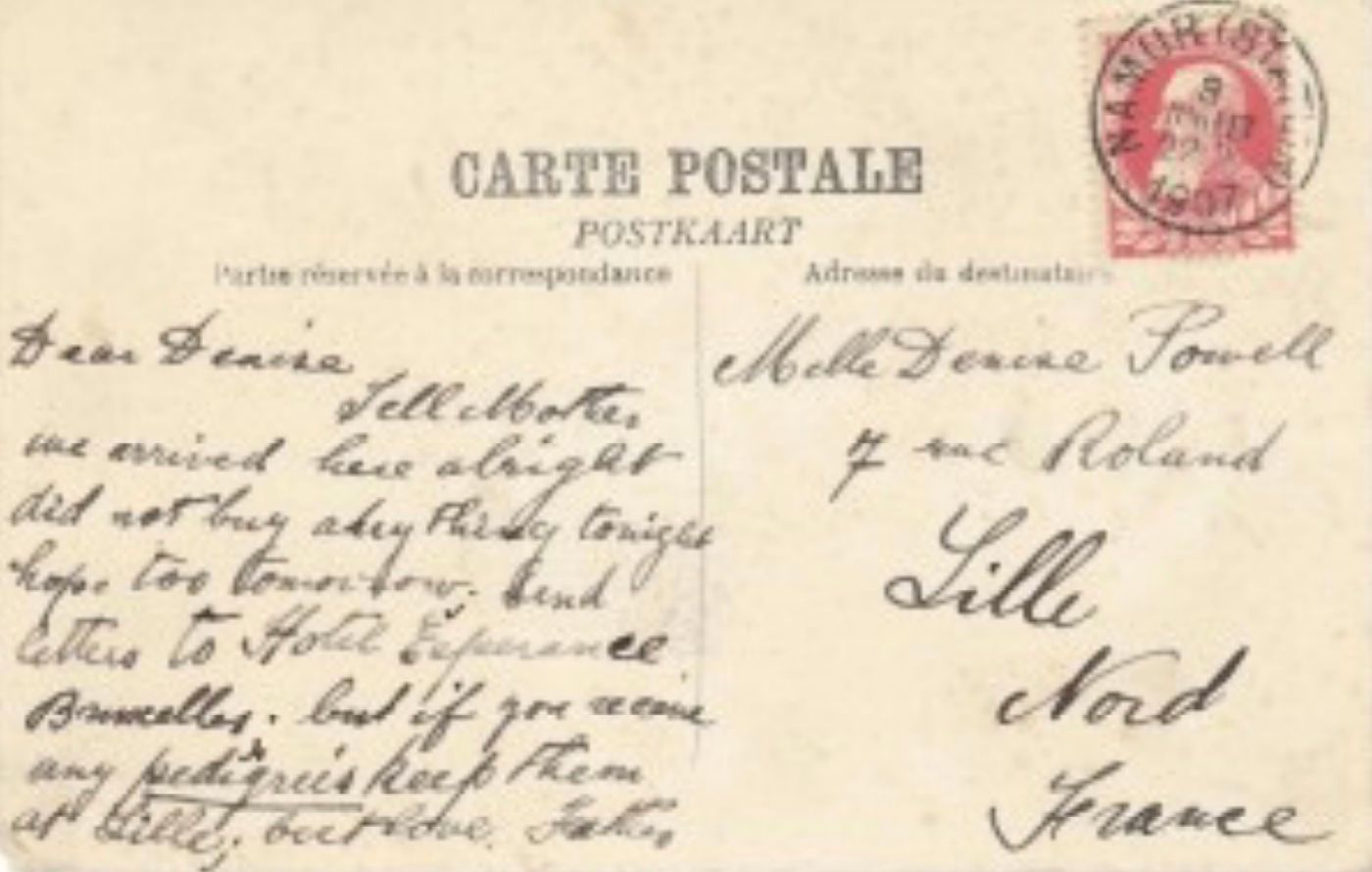
Since writing the above, I have been through my collection of postcards written by Father to my stepsister, Denise. These cover the first decade of the 20th century. From them it appears that during that time Father was mostly with customers in Belgium, occasionally going down to Nogent from about 1906. Shipping from Antwerp, Tilbury and Liverpool is mentioned: presumably the Percherons went from Le Havre, unless it was a mixed shipment.
The postcards indicate how much Father travelled. I see that he was in Belgium less than a week after my birth. The postcards also prove what a hectic life it must have been – in Antwerp one day, Le Havre the next, and then back to Lille or down to Nogent! Mother was constantly being asked to forward his letters – frequently to the Hotel de l’Espérance in Brussels and the Hotel Parisiens in Le Havre. It also seems from the postcards that he bought breeds other than Percherons. A postcard from the Nivernais district indicates he was buying horses from that region. There is also a postcard from Barcelona, which dates from the time when he first started going to Catalonia to buy Jackasses
DIARY - EXCERPTS
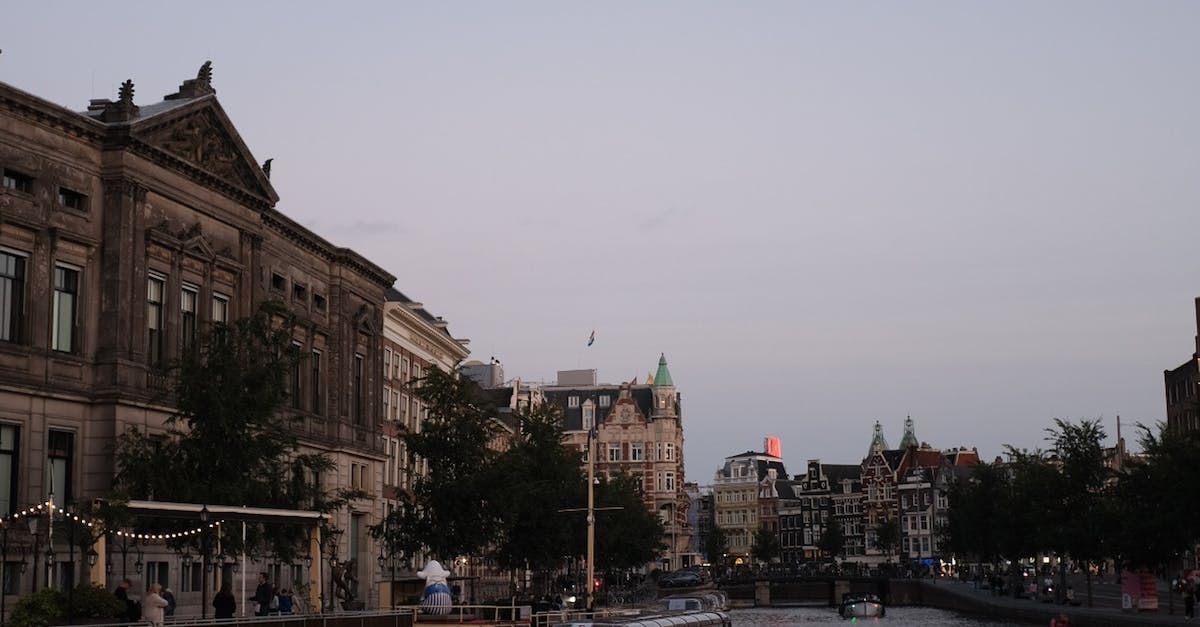


CONTACT THE ADMINISTRATOR
Submit your
enquiry here
S
USEFUL LINKS
Copyright Hymn James Moody and Sons
Web Design by www.everydaychristianmarketing.co.uk
